Ophiopogon Ker Gawl.
mondo grass, fountain plant
Asparagaceae
warm-temperate, subtropical, and tropical Asia
(one species plus cultivated varieties and hybrids)
Ophiopogon japonicus (Thunb.) Ker Gawl.
information not available
not weedy
terrestrialterrestrial:
(adj) growing on land as opposed to living in water
 , sometimes amphibiousamphibious:
, sometimes amphibiousamphibious:
(adj) of a plant able to live on land or in water
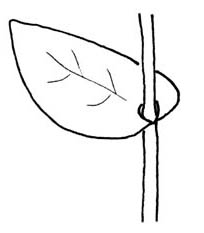 herbs; Ophiopogon japonicus tolerates short periods submergedsubmerged:
herbs; Ophiopogon japonicus tolerates short periods submergedsubmerged:
(adj) (syn. submersed) under water; submerged below the water surface
 but is typically grown in a garden setting.
but is typically grown in a garden setting.
Small rosetterosette:
(n) a radiating cluster of leaves, usually close to the ground at the base of a plant
 . Rhizomatousrhizomatous:
. Rhizomatousrhizomatous:
(adj) possessing rhizomes
 , frequently stoloniferous, roots fibrous with distinct tubers; stem prostrateprostrate:
, frequently stoloniferous, roots fibrous with distinct tubers; stem prostrateprostrate:
(adj) growing closely along the ground
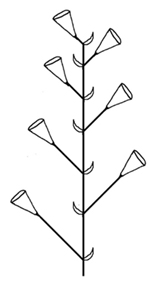 . Leaves typically basalbasal:
. Leaves typically basalbasal:
(adj) at or pertaining to the base, or point of attachment
 , al ternateternate:
, al ternateternate:
(adj) in threes
 ; sessilesessile:
; sessilesessile:
(adj) attached directly, without a stalk
 ; leaf bladeblade:
; leaf bladeblade:
(n) (syn. lamina) the flat, expanded part of a leaf, frond, or petal (excluding, e.g., the petiole)
 linear, abaxialabaxial:
linear, abaxialabaxial:
(adj) the side facing away from the axis, as in the underside of a leaf
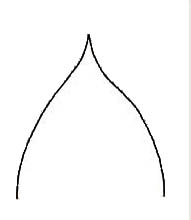 surface usually with whitish streaks; leaf base sheathing; marginmargin:
surface usually with whitish streaks; leaf base sheathing; marginmargin:
(n) edge; rim
 serrulateserrulate:
serrulateserrulate:
(adj) minutely serrate
 . Inflorescenceinflorescence:
. Inflorescenceinflorescence:
(n) the arrangement of flowers on the floral axis
 an axillaryaxillary:
an axillaryaxillary:
(adj) in, of, or produced from an axil
 racemeraceme:
racemeraceme:
(n) an indeterminate, unbranched inflorescence having pedicelled flowers on a usually elongated axis (may be cymose)
 or rarely a reduced paniclepanicle:
or rarely a reduced paniclepanicle:
(n) an indeterminate, branched (often much-branched) inflorescence; the ultimate units may be of a different inflorescence type
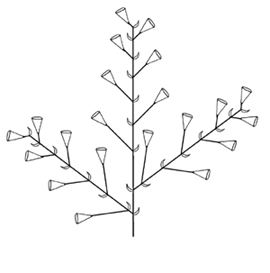 , several to many flowered, pedunculatepedunculate:
, several to many flowered, pedunculatepedunculate:
(adj) borne on or possessing a peduncle
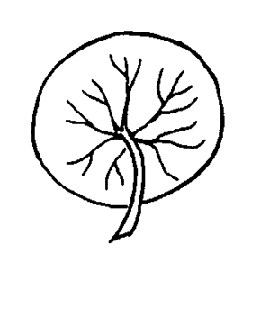 ; bracts small, lanceolatelanceolate:
; bracts small, lanceolatelanceolate:
(adj) lance-shaped; widest point below the middle, tapering to the apex
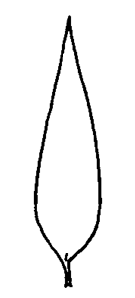 . Flowers white or violet; pedicelspedicel:
. Flowers white or violet; pedicelspedicel:
(n) the stalk of a single flower in an inflorescence, or of a grass spikelet
articulated near middle, usually nodding; tepals 6, usually free, spreading or campanulatecampanulate:
(adj) bell-shaped
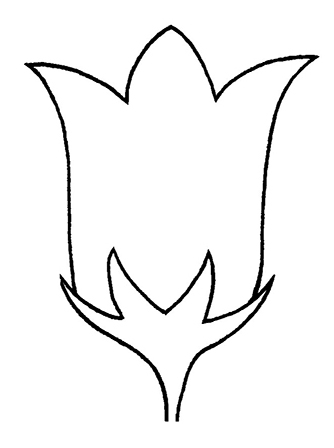 , lanceolatelanceolate:
, lanceolatelanceolate:
(adj) lance-shaped; widest point below the middle, tapering to the apex
 to oblongoblong:
to oblongoblong:
(adj) two to four times longer than wide, with +/- parallel sides
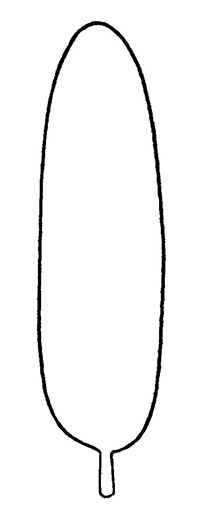 -elliptic; stamens 6, inserted at base of tepals, filaments very short, often connateconnate:
-elliptic; stamens 6, inserted at base of tepals, filaments very short, often connateconnate:
(adj) of plant parts congenitally united into a single structure
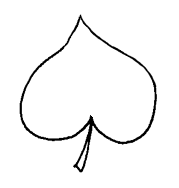 ; ovaryovary:
; ovaryovary:
(n) a hollow organ at the base of the carpel of a flower in which ovules are produced
 3-locular.
3-locular.
typically in mossy forests, moist and shady places on slopes and along streams
Ophiopogon japonicus is frequently offered as an aquarium plant and will survive short periods submergedsubmerged:
(adj) (syn. submersed) under water; submerged below the water surface
 , but will eventually die if not grown emersedemersed:
, but will eventually die if not grown emersedemersed:
see emergent
 . It is widely cultivated as a medicinal and ornamental plant in gardens where it is grown terrestrially.
. It is widely cultivated as a medicinal and ornamental plant in gardens where it is grown terrestrially.